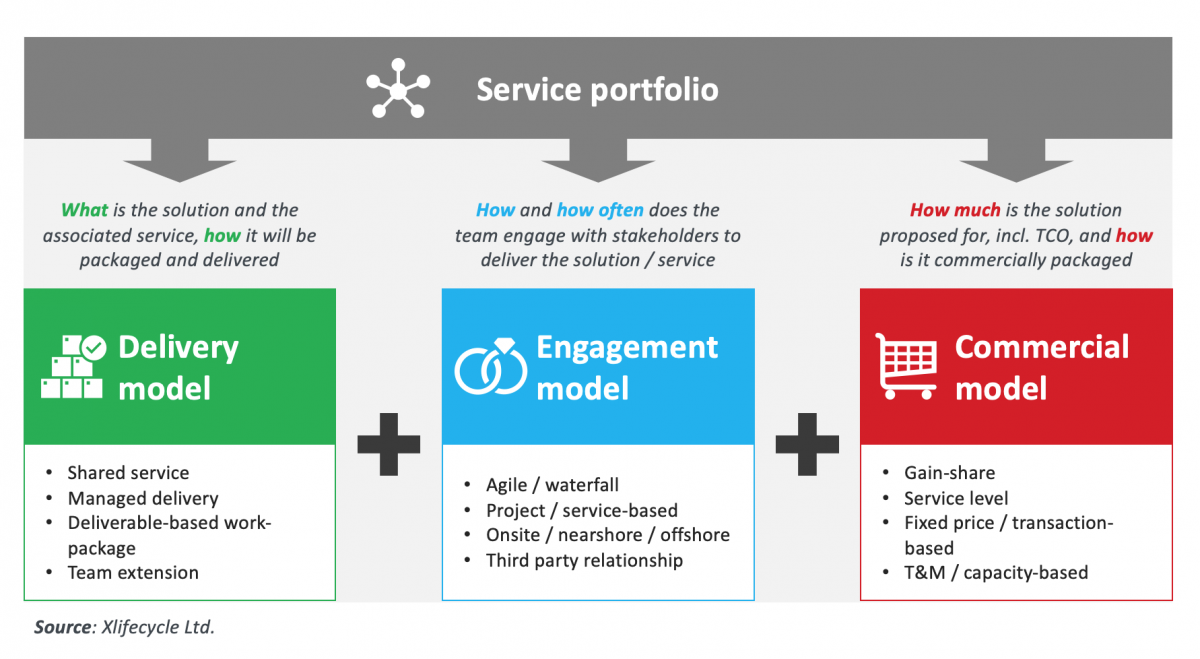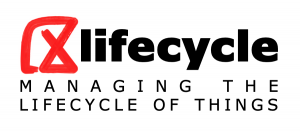Enterprise architecture: driving how data create value
Enterprise architecture principle: focus on effectiveness before efficiency.
Enterprise architecture focuses on achieving business outcomes and value realization through effective solution definition and deployment. It encompasses various aspects, including services management and operations, but is not limited to technology management.
In alignment with the ITIL framework, ITSM best practices are classified into five core perspectives:
- 1Service strategy
- 2Service design
- 3Service transition
- 4Service operation
- 5Service improvement
At its core, enterprise architecture is about continuous business alignment and forward-looking planning towards effective data governance and business transformation.
Nightingale (2009) outlined seven principles of enterprise architecture thinking, designed to guide organizations in navigating the complexities of sustainable transformation.
Cross-functional data governance fosters better ways of working

Business change: 9-block value grid
Data Continuity
Where does our data break down — what would it take to fix it, and how tech can help?
Stakeholders
How are we preparing, engaging and supporting people through the change?
Change Strategy
Are change initiatives aligned to business strategy across people, data, process, tech?
Value drivers
Which change(s) would create the most measurable value, how do we prioritise?
Master Data Strategy
Do we treat master data as a business asset — or just IT housekeeping?
Operating Model
What part of our operating model accelerates change, and what slows it down?
Portfolio Synergies
How well do new initiatives complement (or conflict with) existing ones?
Business Capabilities
Which core capabilities must we strengthen to compete tomorrow?
Decision-Making
Are our decisions guided by evidence and impact, or by politics and habit?
Strategic Alignment
- How does the business currently operates?
- What is the current application and process landscape?
- What are the core strategic enterprise capabilities?
- Who are the process and data owners, and the key interdependencies across these capabilities?
- How are external parties interacting with enterprise platforms?
- What gaps or overlaps exist across capabilities, internally, and when collaborating with the supply chain?
- What is the cost of ownership and how does it align to the level of support service is provided by vendors and partners?
- Is there an improvement and evolution roadmap in place to account for industry best practices and technology advances?
Process Analysis
Are existing processes documented and purposely managed with current key user groups?
- How effective is the current operating governance?
Is process maturity and adherence effectively governed across business functions and projects?
What education programs and onboarding trainings are supporting the user communities?
How is data quality governed, within each programs or project, and across projects?
How are standards and data usage governed across business processes and supportive platforms?
What is regulated / mandated vs open for user-led adaptation?
Business Analytics
What are the success factors and key performance metrics to drive delivery results?
How are these indicators interrelated across the relevant balanced scorecard?
What are essential KPI metrics currently measured, and how are they informing ongoing projects?
How is delivery health currently assessed?
What additional or new metrics should also be measured?
Is the relevant data available to measure operational health?
What data feeds should be enhanced to drive quality assurance?
What metrics relate to resource and process efficiency, and how do they compare with those used by other projects, what constitute best practice?
Aligning the business operating model is essential to maximize effectiveness and embed continuous learning to drive maturity improvement and transformation across the organization.

Let's talkSelecting the right implementation partner implies answering key questions to define/identify the relevant services and operating models, such as:
- What is the proposed solution and associated service?
- How will they be packaged and delivered?
- How will the team engage with business and IT stakeholders to deliver the solution?
- How will the delivery team ramp-up and down throughout the project?
- How much will the solution cost, and what will be the total cost of ownership?
- How are products and services commercially bundled?
- What are the acceptance criteria of each deliverables?
- What is the change management process, and how will it be triggered?
- How will delivery partners be involved, how will responsibilities be shared?
- What are the key risks and mitigations, and how will they be managed?
- What will be the approach and plan for BAU service transition?
And many more contextual questions...
